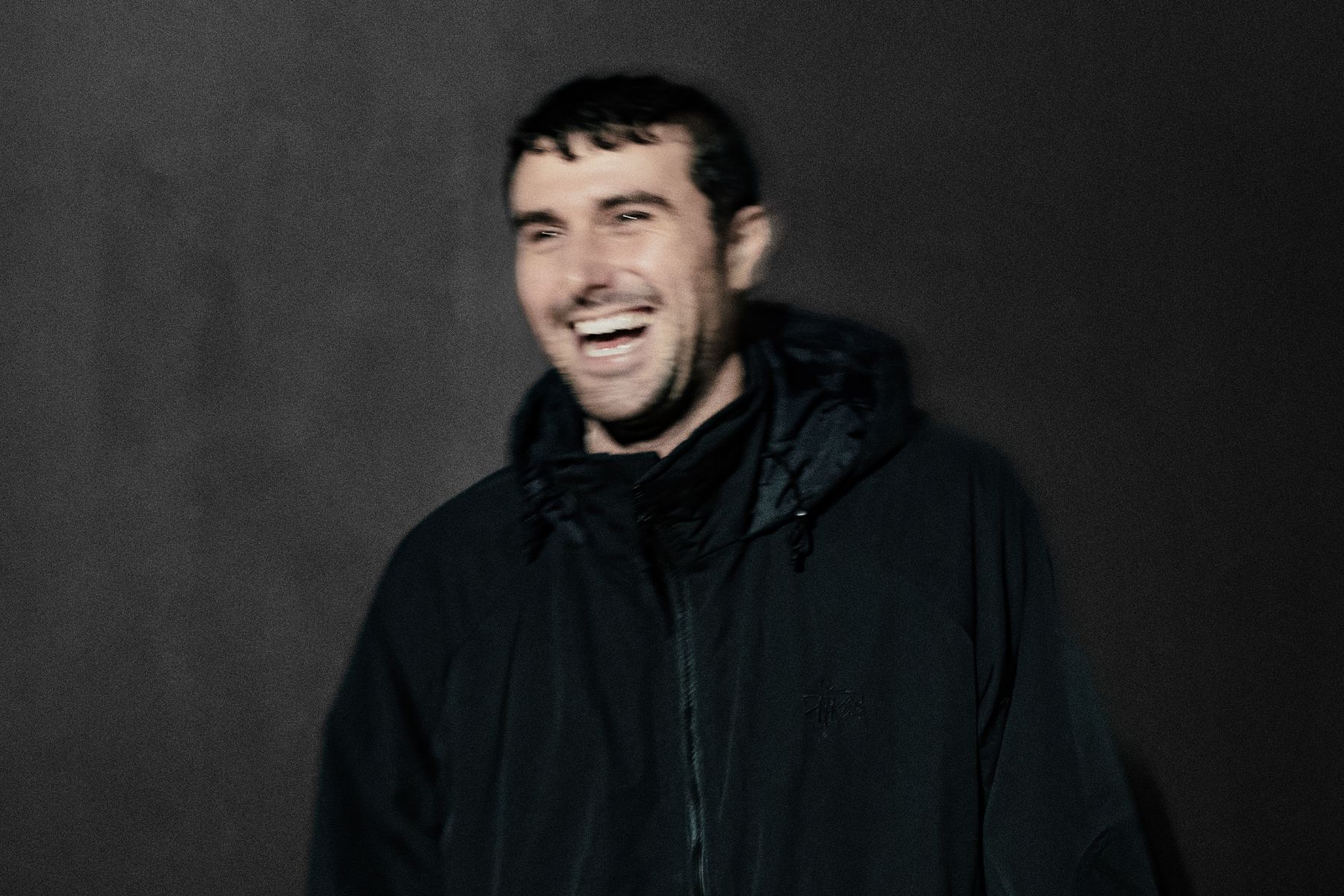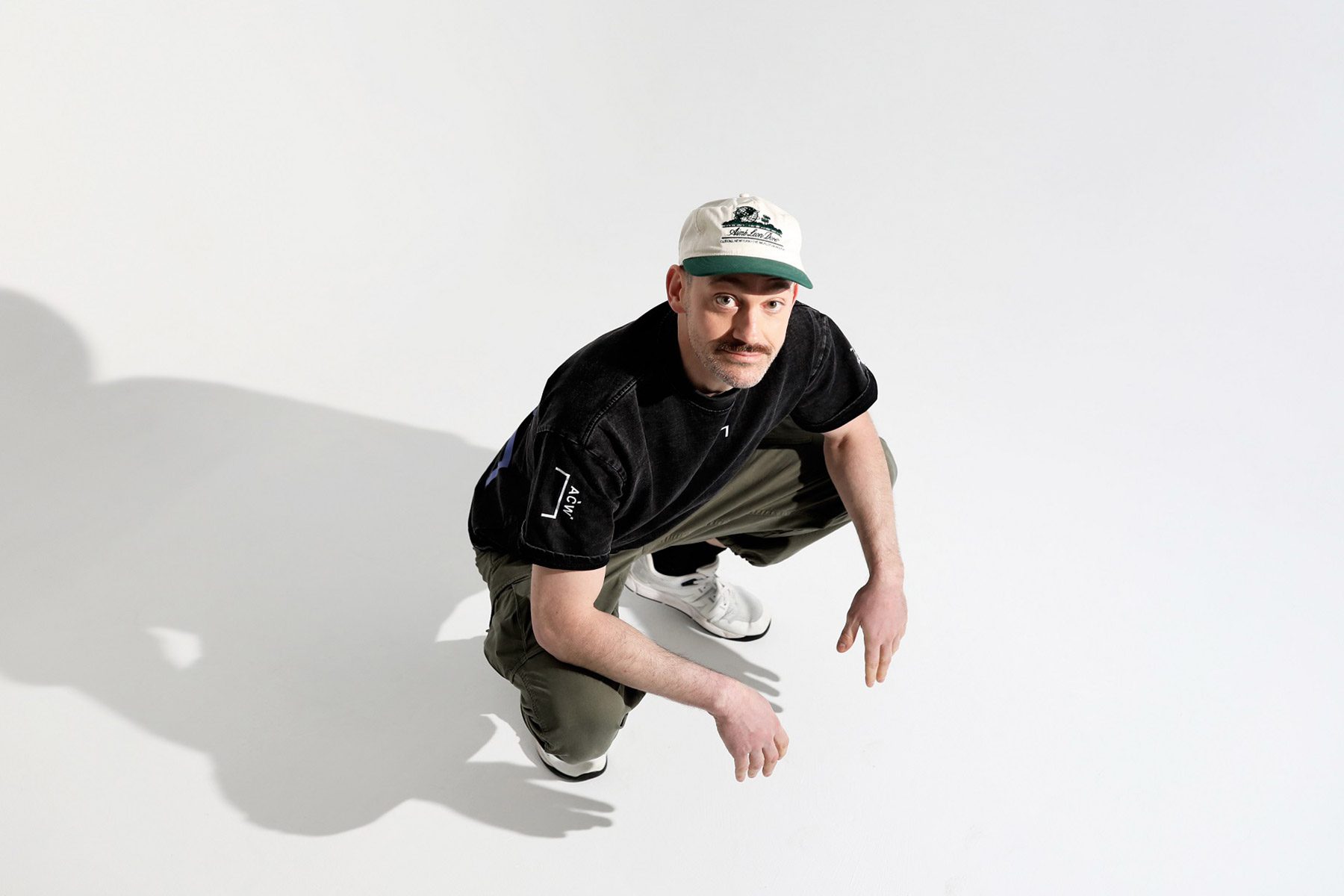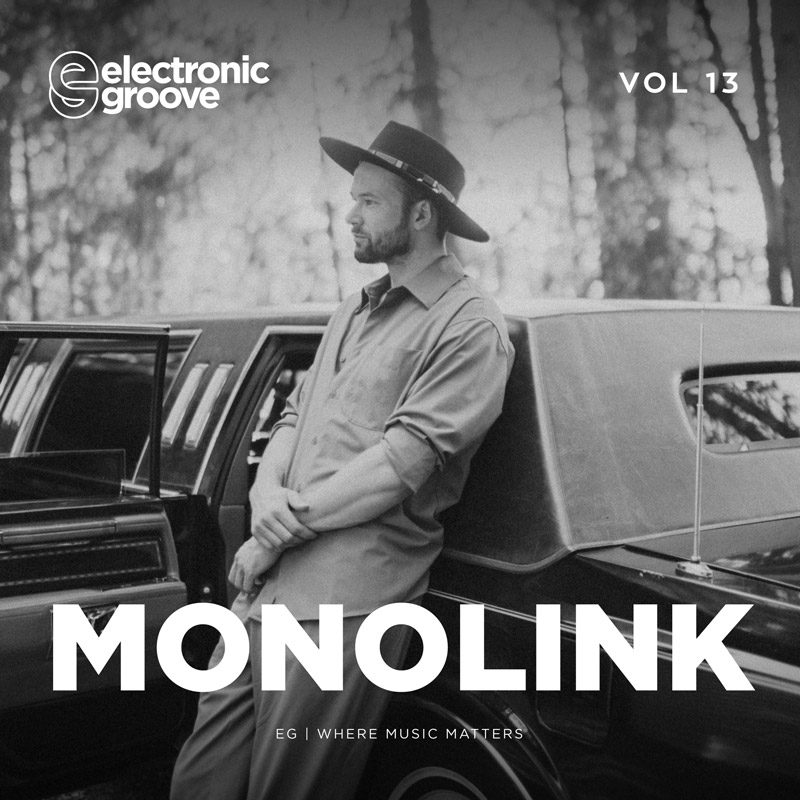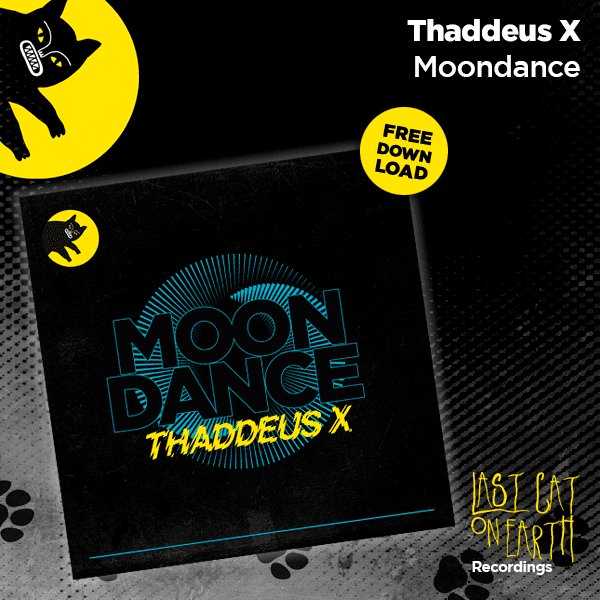British duo Audiojack, formed by lifelong DJs Jamie and Rich, have been shaping dancefloors worldwide since 2006 with a sound that moves between deep minimal tech, house, and garage.
Photo credit: Audiojack – Official
Their catalogue spans releases on Crosstown Rebels, Solid Grooves, Knee Deep In Sound, and their own Gruuv imprint, alongside remixes for Underworld, Basement Jaxx, Groove Armada, and Hot Since 82.
Their latest single ‘Rumours’, released on Dirtybird as part of the label’s 20th anniversary, samples Embee & Sandra Isabel’s ‘Dirty Laundry’, blending R&B-inspired textures with a late-night house drive. It follows their Dirtybird debut with the ‘Stay Strong’ EP in 2022 and showcases the duo’s continual evolution in sound.
Having toured more than 70 countries and played some of the world’s most respected dancefloors, Jamie and Rich know how to keep their creative process efficient and inspired. To celebrate the release of ‘Rumours’, Audiojack share five practical studio tips that help them maintain momentum and focus when making music.
1. Get prepared before you sit down to write music
Imagine making a meal from scratch, like a casserole, and every time you think of an ingredient, you have to go to the shop to buy it. That’s not how people make food; they go to the supermarket, fill up the fridge and cupboards, and make something out of what’s there.
Making music is the same. Most people start a project and then, when they want a new sound, they have their entire sample or plugin collection to go through. It could take hours to find something that you like. What often happens is that once you’ve found it, you’ve stemmed the creative flow or completely forgotten the idea you had in the first place.
Every few months, we go shopping for ideas that suit the music we’re making at that moment and make favorite folders of samples and plugin sounds. We search our samples and synths for vocals, leads, loops, basses, pads, FX, etc. That way, when we’re making music and need a type of sound, we can quickly skim through a much shorter list of options and not lose the flow. The result is that making music is much more fluid, fun, and doesn’t waste time unnecessarily.
2. Templates
Lots of time is wasted creating the same things over and over from scratch in each project. If you create a template, every time you start a new track, lots of the work is already done.
Take a track you’re really happy with and re-save it as Template something. Strip all the sounds and synth plugins out of it, but keep all of the processing — the EQ, limiters, sidechaining, return tracks, master chain, etc. Then the next time you can just plug in your new sounds and tweak the settings of the pre-existing effects to suit the new project.
In our template, we have a drum rack full of kicks so we can quickly cycle through to find the best one. We have an empty drum rack for the other drums, but loaded up with processing options. We have a bass track with all the necessary processing that’s already sidechained to the kick, so we can tweak the settings to taste. We have a vocal track with our go-to vocal processing, a drum rack loaded up with effects, and then return tracks with general reverbs, delays, glitches, exciters, and so on. Then, as your sound evolves and develops, you can update your template.
3. Think outside the box
With sites like Splice and Loopcloud, samples are easier than ever to find, but it also means the best ones get overused. If you’re using a vocal, try and use it in a creative way: chop it up or manipulate the audio so it doesn’t sound like it did originally.
If you’re making tech house music, don’t look in tech house sample packs. Look in techno, funk, hip-hop, or ambient — anything but tech house — and try to find more obscure sounds that work in the context of your music. That way, you’ll have something more distinctive in your tracks, and it won’t sound like everyone else.
4. Make sure you have the right kick
With 4×4 electronic music, the wrong kick can screw up the whole track. If you start with a weak kick, the other sounds often get mixed quietly to make the kick sound bigger, which leaves producers scratching their heads when their track sounds flimsy compared to other music.
If you’re using long bass notes or a constant tone, don’t use a big booming kick with a long tail, as you’ll end up with a big muddy wall of bass. If the bass is always present with little or no gaps, use a shorter, punchy kick to punctuate the bass.
5. How we approach panning
Low frequencies should always be in the centre. Important sounds should also be in the centre, while background or supporting sounds can be panned wider, whether fixed on the left or right, widened, or wandering across the stereo field. Bass and kick always stay in the centre, and if you have a wide bass, make sure the low stuff under 100Hz is in mono.
With other drums, anything that hits at the same time can be gently panned away from each other. Things of similar style or timbre can also be panned apart — think of it as creating an equal balance on each side. Keep the most important drums more central, with subtle, not extreme, panning. If you have one main lead sound or melody, keep it very close to the centre. If you have two, pan them slightly away from each other. For vocals, keep the lead vocal in the centre as you want it in front of you, not off to one side, while backing vocals or supporting layers can be panned. Pads can be gently panned and sound great widened.
You can be a little looser with things like arps and sound effects, creating more of a soundscape. When using recordings or emulations of real instruments, be wary of widening them. This makes the sound appear to come from all around you, which can feel unnatural if you expect an instrument to be in a specific spot. Still, this effect can sometimes be used intentionally if it fits your creative vision.

Audiojack’s ‘Rumours’ is out now on Dirtybird. Stream and download here.
Follow Audiojack: Spotify | Soundcloud | Instagram











